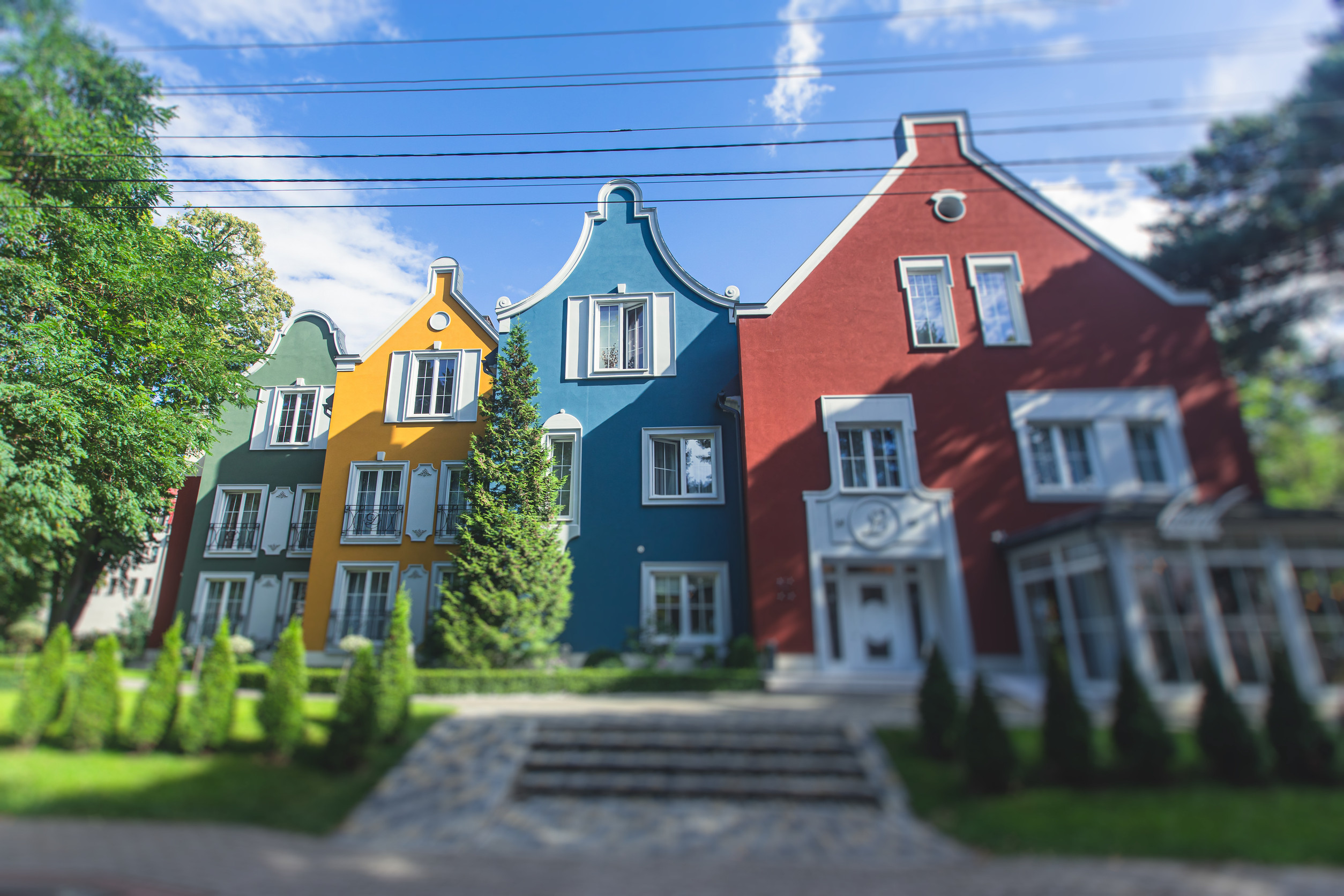
When buying or selling a home, most people focus on the house itself: the square footage, the kitchen upgrades, the number of bedrooms. But what surrounds the home can be just as important. Neighborhood features often play a powerful role in a property’s value, and sometimes, even the most beautiful house can be dragged down by what’s nearby.
From environmental concerns to overlooked eyesores, the surrounding area can quietly erode a home’s market worth. Knowing what to watch for can make the difference between a profitable investment and an expensive mistake.
1. Proximity to High-Noise Areas
Living near a highway, airport, or train line might come with convenient access, but it also brings a steady stream of noise pollution. Potential buyers may be turned off by the constant hum of traffic or the rumble of aircraft overhead. Even with soundproof windows, the surrounding din can make the area feel less peaceful and private. Homes in these locations typically sit longer on the market and sell for less than comparable properties in quieter areas. Buyers often weigh tranquility as a key factor in choosing a place to live, and persistent noise becomes a dealbreaker.
2. Visible Utility Infrastructure
No one likes waking up to the sight of massive power lines or cell towers just outside their window. These structures are not only considered unattractive, but they also raise concerns about potential health risks, whether founded or not. Even the perception of risk can steer buyers away, especially those with young families. Properties located near visible utility infrastructure often struggle to maintain value because of the visual and psychological impact. The presence of these structures can serve as a constant reminder of industrial encroachment in an otherwise residential space.
3. Poorly Rated Schools
Families consistently rank school quality as one of the most important factors when choosing where to live. Homes zoned for poorly rated schools almost always see a dip in market value, regardless of their size or condition. A great house in a bad school district will usually lose out to a lesser home in a better district. Even child-free buyers consider school ratings because of their influence on resale potential. Education quality often serves as a proxy for neighborhood desirability, and bad ratings can instantly sour the appeal.
4. High Crime Rates
Safety is a top concern for nearly every homebuyer. Neighborhoods with high crime rates tend to see a significant decrease in property values, even if the crimes are non-violent or limited in scope. Buyers may fear break-ins, vandalism, or worse, and real estate listings in these areas can go ignored. Local reputation plays a huge role, and once a neighborhood is known for criminal activity, it can be hard to shake that image. Insurance premiums may also rise in these areas, compounding the financial downside.

5. Neglected or Abandoned Properties Nearby
Even one boarded-up home or overgrown lot on the block can drag down the value of surrounding properties. These neglected spaces signal to potential buyers that the area is in decline or that there’s a lack of community pride. Appraisers often factor in the condition of nearby homes when determining value, and the sight of a deteriorating house can hurt a whole street. It becomes even more problematic if squatters or pests move in, turning a simple eyesore into a real hazard. Buyers typically want to invest in neighborhoods that feel stable and well-maintained.
6. Industrial Facilities or Landfills
Living near factories, refineries, or waste disposal sites can create serious environmental and quality-of-life concerns. These facilities may emit unpleasant odors, noise, or even pollutants that affect air and water quality. Potential buyers may immediately pass on a home with a smokestack in sight or a landfill around the corner. Even if the property itself is clean and modern, the association with industrial activity can be a permanent red flag. In many cases, home values decline not only due to health concerns but because of the stigma attached to such locations.
7. Limited Access to Amenities
Buyers often look for convenience when shopping for a home, and neighborhoods without nearby grocery stores, parks, restaurants, or public transit may feel isolated. A lack of amenities can make daily life less efficient and reduce a home’s long-term appeal. Even a beautiful property can feel like a hassle if it’s far from essentials. This becomes especially problematic in suburban or rural areas where driving is the only option for basic errands. Home values in these locations tend to stagnate or decline due to limited lifestyle offerings.
8. Frequent Commercial Turnover
An area with lots of shuttered storefronts or constantly changing businesses may signal economic instability. This kind of turnover tells potential homeowners that the neighborhood lacks a strong local economy or a committed customer base. Buyers may question why no business seems to thrive there and wonder if the residential community is also in flux. It creates an impression of inconsistency, and that can erode confidence in the neighborhood’s future. Homes surrounded by this kind of uncertainty rarely reach their full market potential.
9. Overly Restrictive or Dysfunctional HOAs
Homeowners Associations are meant to protect community standards, but when they become overly aggressive or poorly managed, they can drive buyers away. Stories of ridiculous fines, power-hungry boards, or murky financial practices make headlines and shape public perception. Buyers may hesitate if the HOA rules seem invasive or if past legal battles or scandals are associated with the community. Even well-maintained neighborhoods can lose value if the HOA makes homeownership feel more like a burden than a benefit. Transparency, fairness, and reasonable governance are key to maintaining property value in these cases.
Making Your Neighborhood Nice
Neighborhood features can have a powerful, sometimes invisible influence on property value. From unsightly surroundings to deeper systemic problems, these external factors often weigh just as heavily as granite countertops or new roofing.
For sellers, understanding these issues can help set realistic expectations. For buyers, awareness can prevent regret and ensure a smarter investment. Feel free to share any surprising neighborhood features you’ve noticed that had a big impact on a home’s value—drop a comment below and join the conversation.
Read More
10 Most Walkable Neighborhoods in Florida Right Now
8 Types of Neighborhoods That You Should Avoid If You Hate Noise
The post 9 Neighborhood Features That Lower Your Home’s Value Instantly appeared first on Everybody Loves Your Money.







